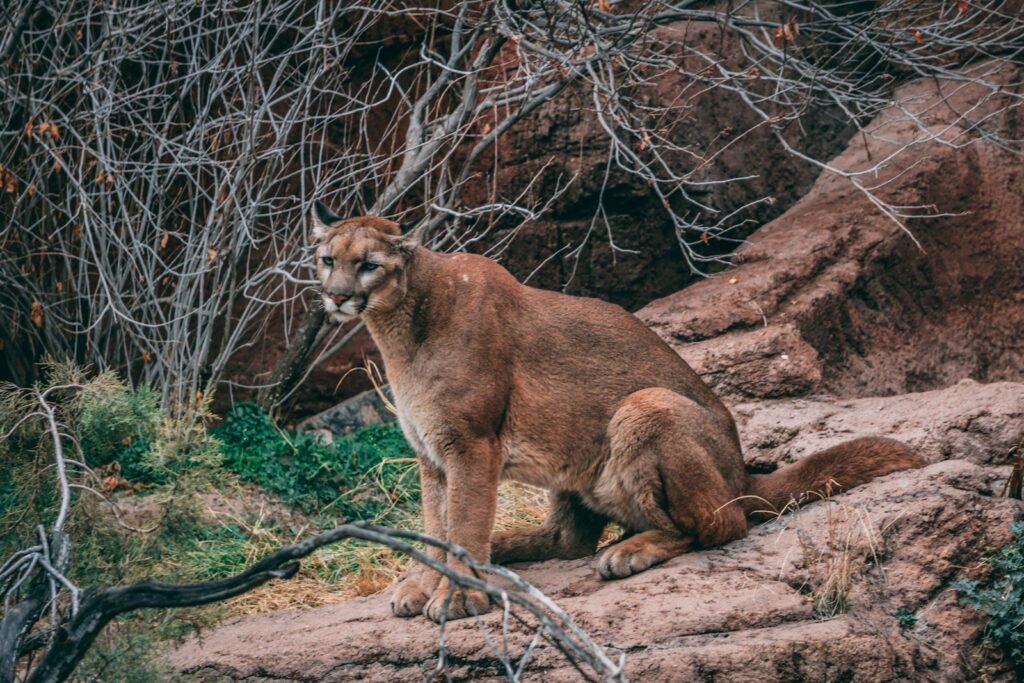Once vanishing into the mangroves like a rumor, the Florida panther has turned a corner that few dared to imagine in the 1990s. This is a comeback story with claws: genetics, grit, and a long game of habitat chess across a fast-growing state. The stakes are still sharp – roads slice through ranges, rising seas nip at lowland dens – but the numbers and the science now point to momentum. What looked like a slow fade has become a measured, evidence-based return. And it’s reshaping how we think about saving big predators on crowded landscapes.
The Hidden Clues

Field biologists will tell you recoveries begin with small signs, not big headlines: a clean paw print on a sandy levee, a faint trail-camera blur, a radio-collar ping where none existed before. I remember a dusk pull-off along the Tamiami Trail, when fresh tracks stitched across the shoulder and vanished into sawgrass; it felt like finding a signature at the bottom of a long, unfinished painting. These fragments – mundane to some – are the breadcrumbs of progress, proof that cats are moving, breeding, pushing against old edges.
Follow enough of those clues and a pattern emerges: females carving out territories, males dispersing farther, kittens surviving at healthier rates. The return isn’t a miracle; it’s a map of careful interventions meeting just enough wildness to stick. Each new print is both evidence and obligation, a reminder that momentum can stall if corridors pinch or traffic speeds up.
A Cat on the Brink, Then a Bold Intervention

Three decades ago, Florida’s state cat hovered near functional collapse, boxed in by inbreeding and shrinking habitat. Hearts were failing, tails kinked, and survival was slipping – classic red flags for an isolated population. The turning point came with a controversial but decisive step: introducing wild pumas from west Texas to refresh dwindling genes.
The results arrived faster than many expected: genetic diversity climbed, defects waned, and kitten survival improved. The population grew from just a few dozen into the low hundreds, pushing the panther from a whisper to a cautious conversation about recovery. It’s the conservation equivalent of defibrillation – jolting a failing system back into a steady rhythm.
From Tracks to Genomics: Old Clues, New Science

Panther science now blends boot prints and base pairs, pairing camera traps and track surveys with genomics that read ancestry like a ledger. GPS collars trace nightly hunts over cypress hammocks and cattle pastures, revealing where cats tiptoe across fences or hesitate at road edges. Scat samples and hair snares fill in the family tree, confirming which females anchor territories and which males thread genetic needles.
These tools let managers adjust in real time: shift a corridor boundary, prioritize a ranch easement, or plan an underpass where dispersal stalls. Even new methods – environmental DNA from water, thermal drones skimming tree lines – are turning up panthers where eyes often miss them. The more clearly we see their routes, the more precisely we can keep them open.
Life on a Knife-Edge Landscape

Florida’s growth curves don’t bend for cats, and pavement is still the panther’s most relentless predator. Vehicle strikes claim more than half of known deaths in many years, a stark tally that spikes on fast two-lane highways threading good habitat. Underpasses and fencing along Alligator Alley proved collisions can drop dramatically when animals get safe passage and clear guidance.
Northward expansion remains the real litmus test, because females rarely cross big river barriers without help. The first documented female north of the Caloosahatchee in recent history signaled that the ceiling can crack if habitat lines up. Keeping those pathways intact – across private ranches, pine flatwoods, and wetlands – will determine whether this comeback spreads or stalls.
Why It Matters

Big cats stitch ecosystems together in ways we feel even if we never see them. By moving deer and hogs across the landscape, panthers shape grazing patterns, nudge plant communities, and steady the balance between browse and regrowth. Healthy predators often flag healthy waters and soils because they need the whole machine working, not just a few parts.
This recovery also reframes an American question: can a large carnivore survive amid suburbs, cattle, and six-lane highways without retreating to the last national park? Compared with traditional fortress-style conservation, Florida’s model leans on shared spaces, voluntary easements, and smarter infrastructure. If it holds, it’s a template for keeping apex predators in the modern mix rather than on museum walls.
Global Perspectives

The panther’s genetic rescue now sits alongside the Iberian lynx turnaround, where targeted breeding, rabbit recovery, and corridor work lifted a cat once teetering near oblivion. Scandinavian efforts to thaw inbreeding in wolves and a classic Swedish adder rescue echo the same principle: small, well-timed gene flows can unlock survival. The common thread is humility – accepting that isolation is a design flaw we can fix without rewriting the species.
Florida adds a distinctly twenty-first century twist by weaving private lands into the solution at scale. Ranchlands that produce beef also carry panthers between preserves, proving that coexistence doesn’t have to be a slogan. That blend of biology and pragmatism may be the exportable lesson for other crowded coastlines.
The Future Landscape

The next decade will test whether technology can stay ahead of asphalt and water. AI-trained cameras can flag panthers in real time, prompting temporary speed reductions or mobile warnings before a collision happens. Thermal drones can locate dens after storms, while eDNA in canals can quietly map presence across miles of drainage.
Policy and climate will be the harder arena. Sea-level rise creeps into low hammocks, hurricanes push flood pulses into den sites, and new roads beckon as population grows. The Florida Wildlife Corridor effort offers a counterweight – locking in connected green space before it disappears – but it will need sustained funding, local buy-in, and careful siting of crossings where cats actually move.
Conclusion

Big wins grow from small habits and steady voices. If you drive at dawn or dusk in panther country, ease off the accelerator and scan the shoulders; those seconds matter. If you live on the working lands that keep corridors open, consider programs that offset fencing, livestock protection, and conservation easements.
Support road projects that include wildlife crossings and properly tied-in fencing; they save cats and people. Back research that deploys collars, camera networks, and eDNA so decisions follow data, not guesswork. And when a paw print crosses your path, let it change how you see the ordinary – proof that recovery can happen in the same places we call home.

Suhail Ahmed is a passionate digital professional and nature enthusiast with over 8 years of experience in content strategy, SEO, web development, and digital operations. Alongside his freelance journey, Suhail actively contributes to nature and wildlife platforms like Discover Wildlife, where he channels his curiosity for the planet into engaging, educational storytelling.
With a strong background in managing digital ecosystems — from ecommerce stores and WordPress websites to social media and automation — Suhail merges technical precision with creative insight. His content reflects a rare balance: SEO-friendly yet deeply human, data-informed yet emotionally resonant.
Driven by a love for discovery and storytelling, Suhail believes in using digital platforms to amplify causes that matter — especially those protecting Earth’s biodiversity and inspiring sustainable living. Whether he’s managing online projects or crafting wildlife content, his goal remains the same: to inform, inspire, and leave a positive digital footprint.




